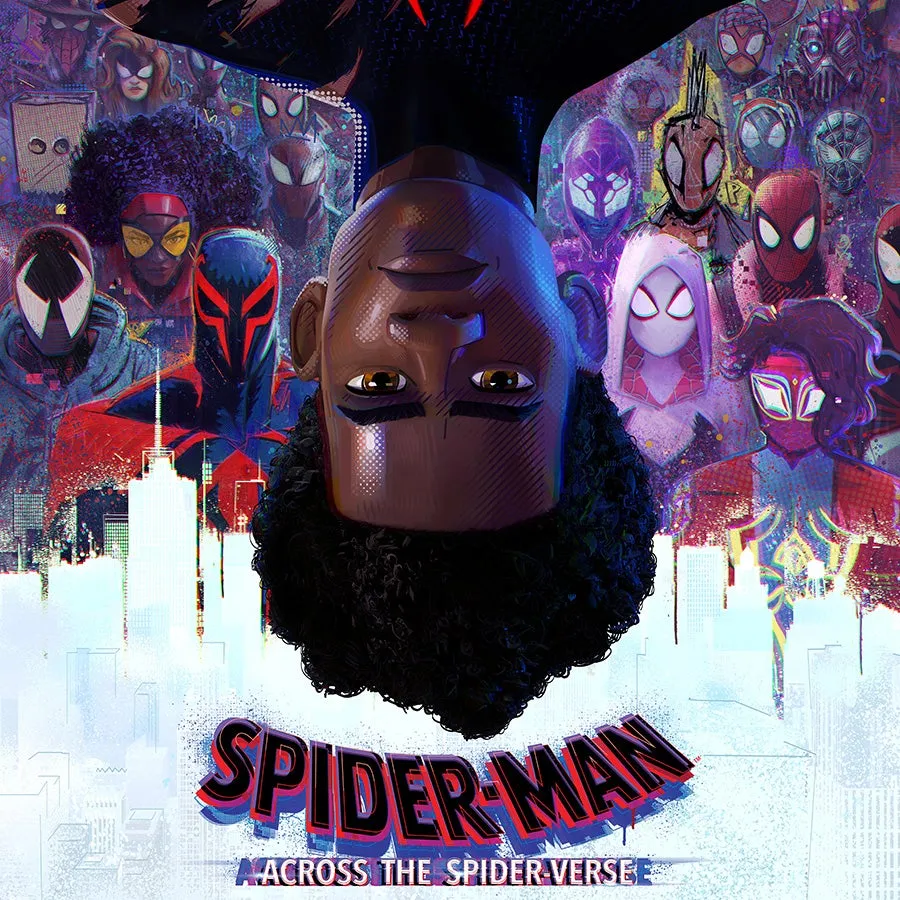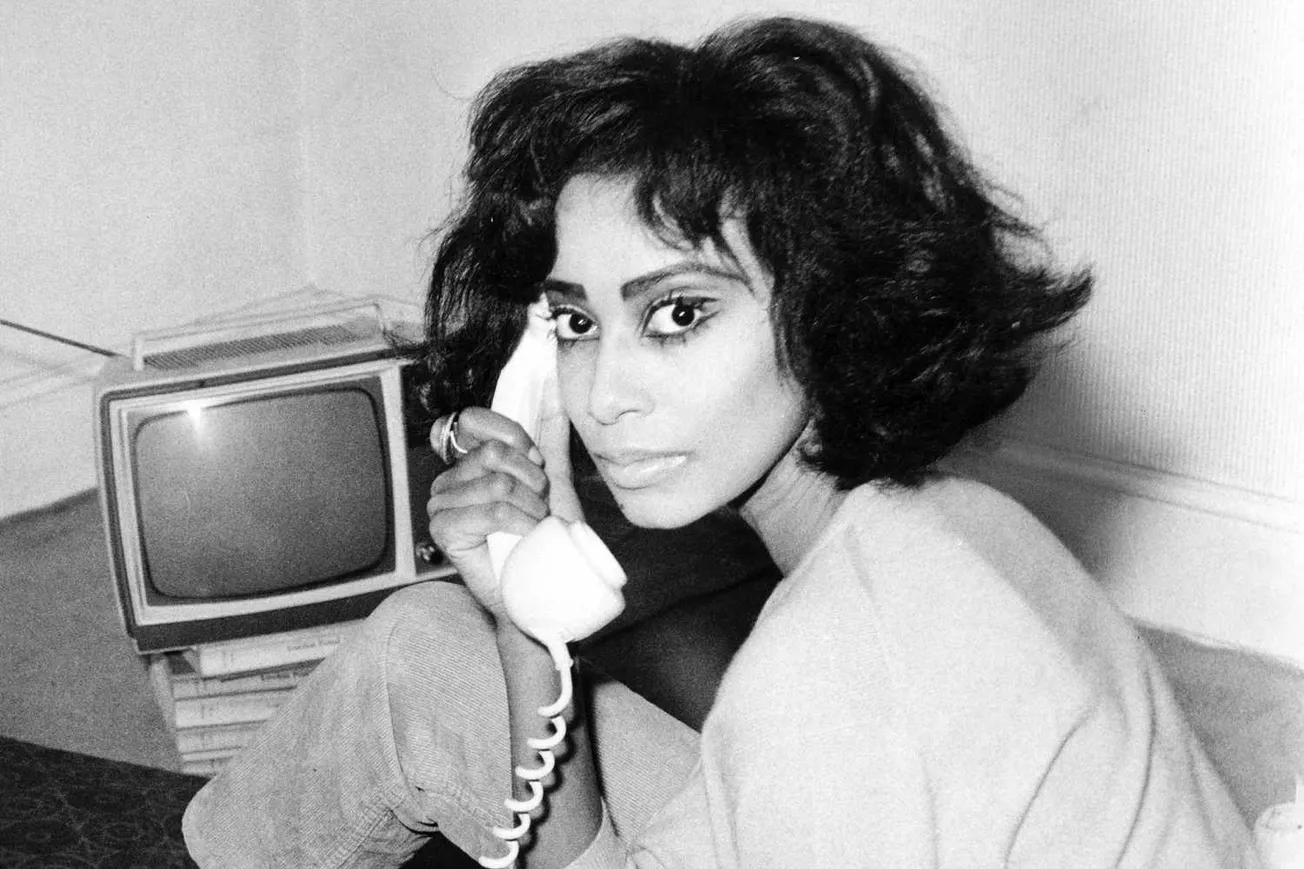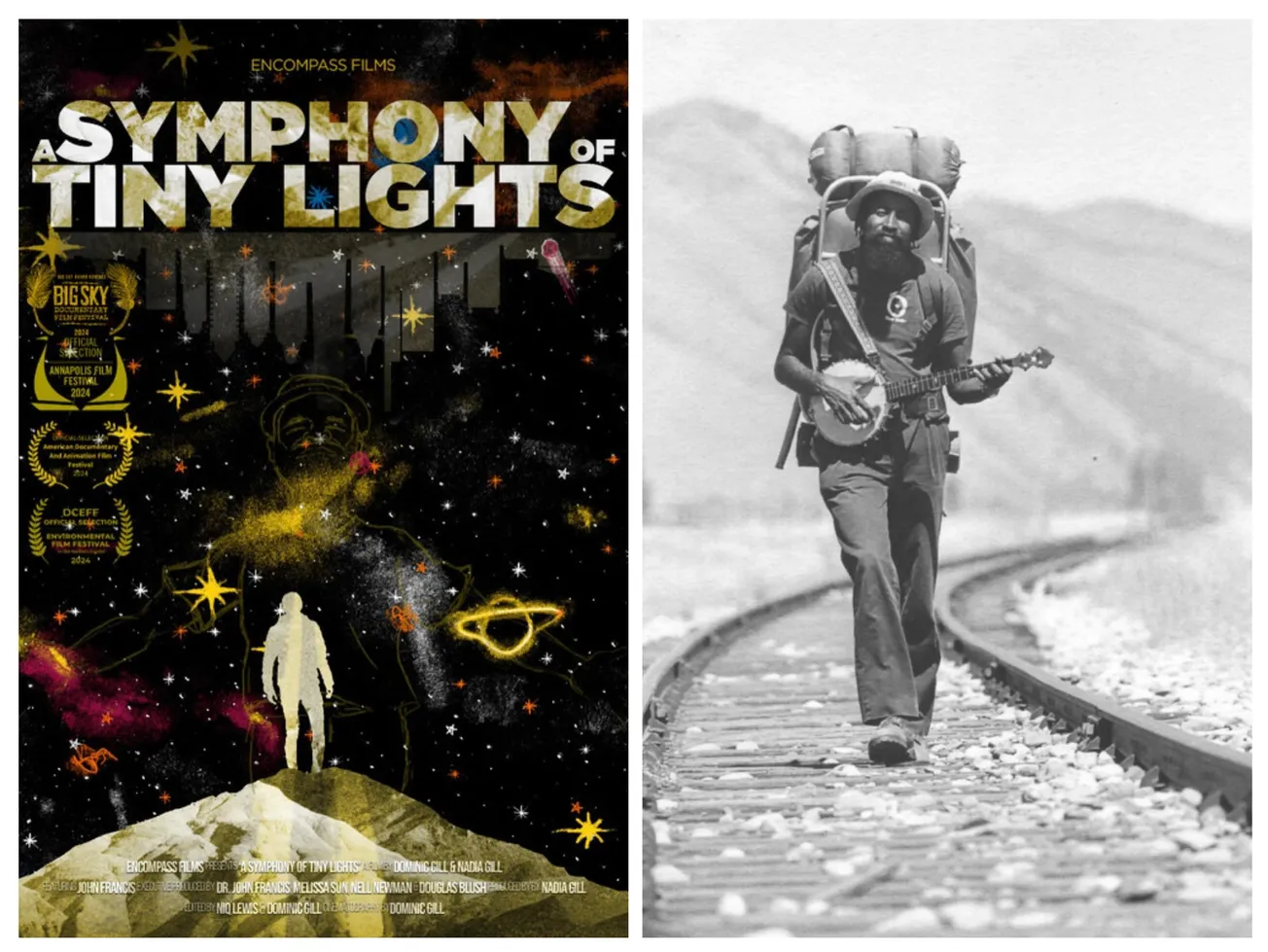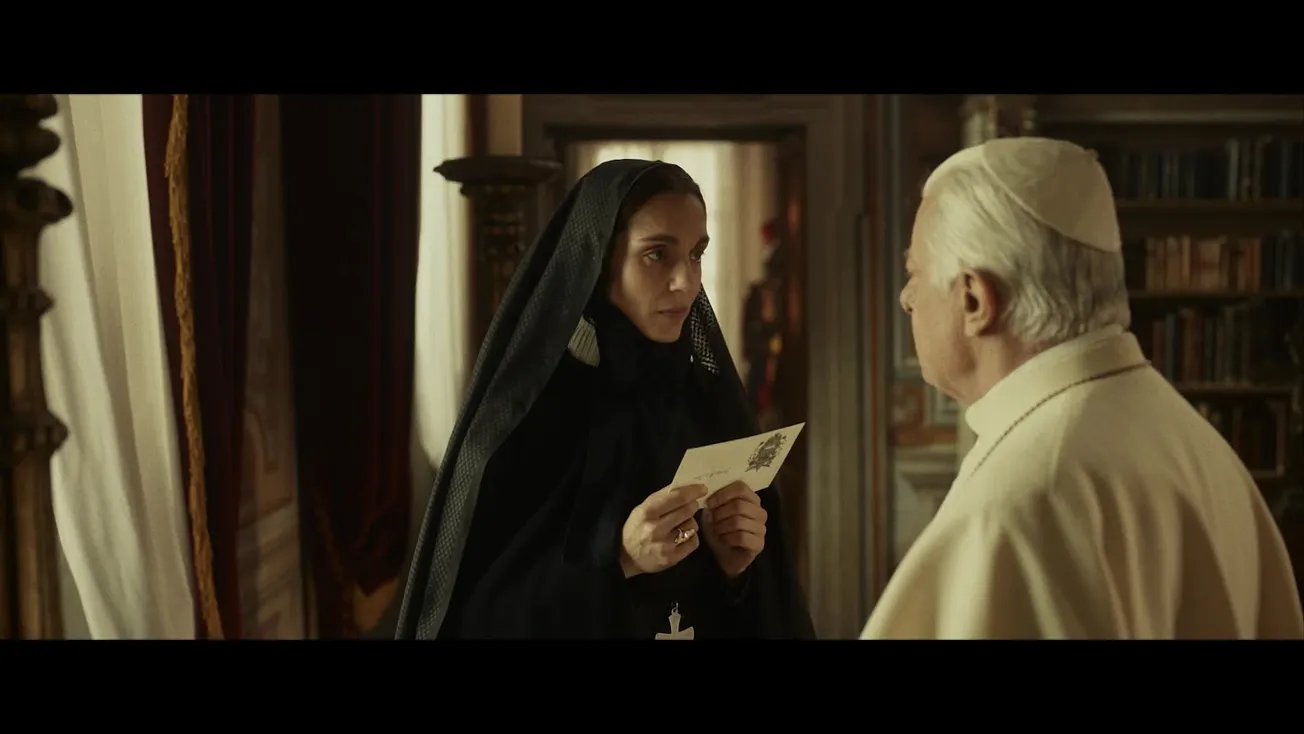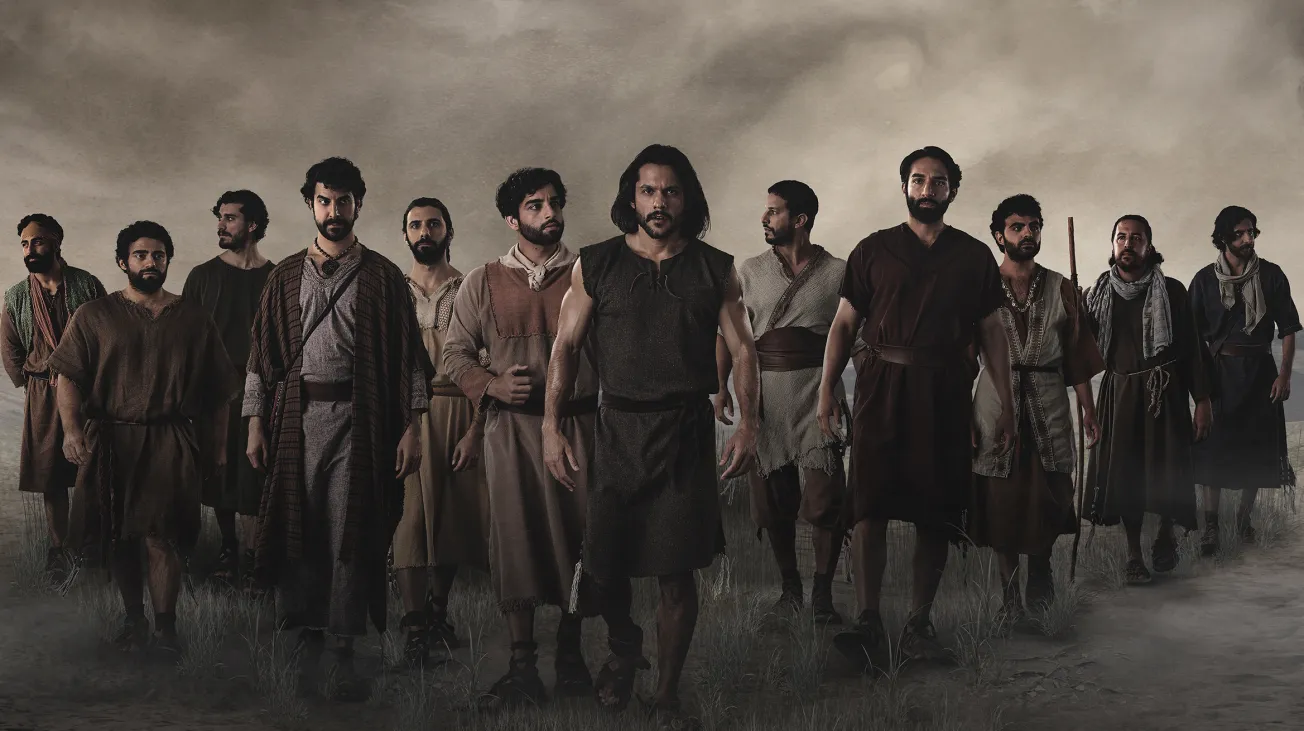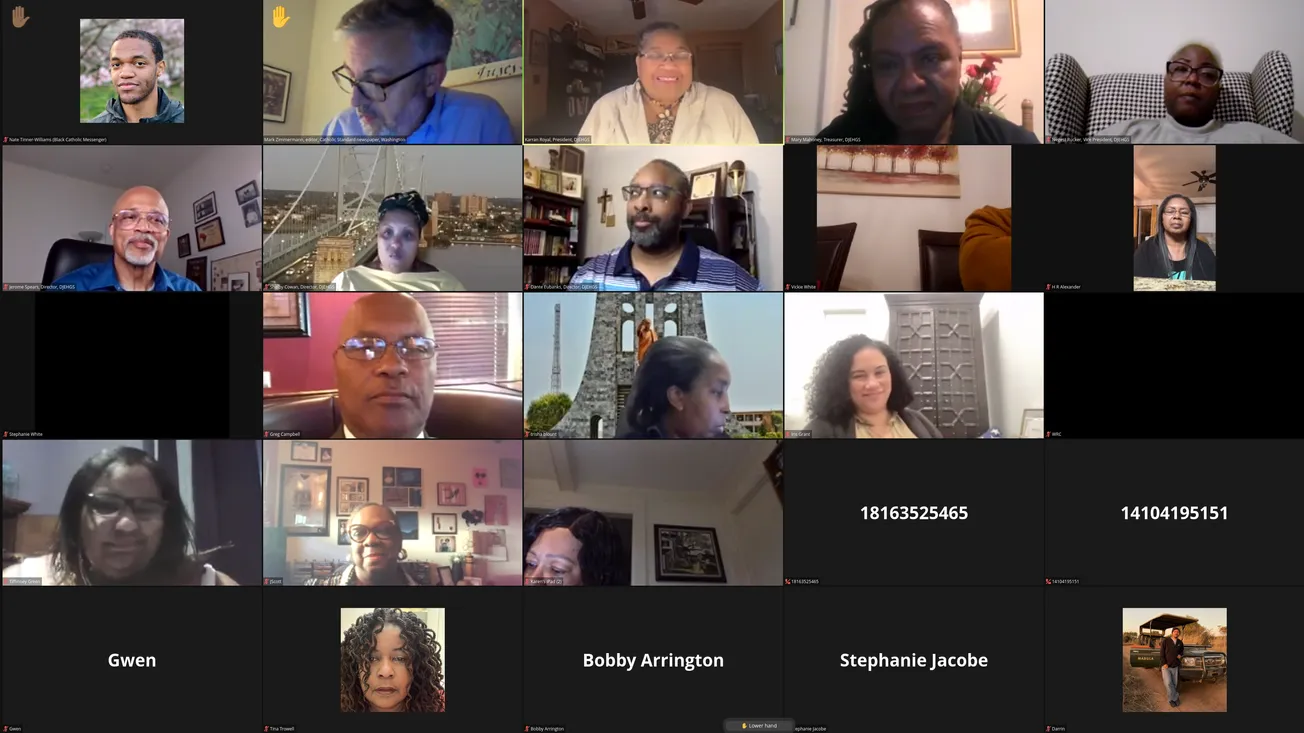The Multiverse is back in animated form, as “Spider-Man: Across the Spider-Verse” premieres nationwide this weekend nationwide with the friendly neighborhood superhero in his most modern form(s). The web-slinging crusader is making his second appearance as the Afro-Latino Brooklynite Miles Morales, following the roaring success of “Spider-Man: Into the Spider-Verse” in 2018.
Amid the success of the multiverse arc in Disney’s Marvel Cinematic Universe (MCU), the animated Sony Spider-Man series follows a similar storyline, with both sharing the character though without much narrative overlap. In this latest installment, Morales is once again called into action in a criss-crossed timeline of multi-dimensional proportions, with the fate of all universes hanging in the balance.
Interestingly, while “Across the Spider-Verse” follows a familiar coming-of-age storyline with the nearly-adult Morales—in his estimation, anyway—the writers of the film (including Spider-Verse returnee Phil Lord) did not shy away from unconventionally ambiguous hero identities for his multiversal compatriots. Various Spider-Man iterations from different universes come onto the scene who vary in their commitment to a single form of justice. This defines much of the film, as Morales comes into conflict with not only his parents (in a typical teenage sort of way) but also his fellow Spideys, whom he discovers may not have always had his best interest in mind.
The film unfolds this new wrinkle with the animation prowess that fans became accustomed to with “Into the Spider-Verse,” and it would appear that Sony is truly at the top of their game here. Simply put: the film is gorgeous, continuing the brilliance that helped the original take home Best Animated Feature at the 2019 Oscars. Especially impressive are the fight sequences between the hero(s) and the main villain The Spot (Jason Schwartzman), a stereotypically jaded evil scientist from the first film in the series; his portal-opening abilities make for a fascinating display of geometric acrobatics as he squares off with the film’s obliquely angled protagonists.
Of course, winning a film award is about more than just looks, and the synergy between visuals, vocals, and a vivacious tale in “Across the Spider-Verse” is truly noteworthy. Shameik Moore plays a liminal Morales with believability, and his scenes with his father (Brian Tyree Henry) are striking in their extended drama, given the film’s action status. Zooming out, it’s no small feat to weave multiple universes into one coherent whole for a two-hour stretch, but this film does it markedly well.
It was also refreshing to see several Black characters added to any already colorful cast from the first animated Spidey film, with Issa Rae introduced as Jessica Drew/Spider-Woman early on before the protagonists are whisked off to meet additional Spider-Men of Indian, Mexican, African American, and Black British descent—with the latter smacking heavily of the late great Jean-Michel Basquiat.
The film’s score only adds to the fun, with Daniel Pemberton returning to the helm from “Into the Spider-Verse” with help from a host of Black mainstays, led by the producer Metro Boomin and featuring rappers Swae Lee, Future, Offset, Lil’ Wayne, and Nas. The heavily techno-influenced hip-hop sensibilities enhance the movie’s signature mixture of film noir and cyberpunk genres.
For fans of classic Spider-Man lore (including film, TV, and the comics), “Across the Spider-Verse” provides a heaping helping of easter eggs throughout, from explicit—though passing—references to Spideys never before seen on the silver screen to brief vignettes of past Sony Spider-Man films. The latter hearkens back to 2021’s “Spider-Man: No Way Home,” which finally brought earlier Sony Spider-Man characters into the MCU. That being said, the MCU’s Peter Parker (Tom Holland) is one of the very few Spider-Man iterations not to make an appearance in the new animated film. (Sony maintains that the animated Spider Universe and the live-action Spider-Man tales—MCU and Sony alike—exist independently of one another.)
Unbeknownst to me until after watching the film, it was revealed last month by Black co-director Kemp Powers (“Soul,” “One Night in Miami”) that, in a break from previous Sony-Marvel films, “Across the Spider-Verse” would end on a cliffhanger, a la “Star Wars: The Empire Strikes Back”—though apparently not because Disney now owns the rights to that franchise as well. Indeed, the new film’s ending looms even as it seems clear there isn’t nearly enough time to wrap up the story, before leaving viewers wondering just how Morales will defeat what turn out to be his worst frenemies.
It’s hard to find much to critique in the new Sony film, given the clear attention to detail given to nearly every aspect of the film. It is literally dripping with artistic fervor, combined with an all-star cast that is still somehow subtle and not overdone. Maintaining some level of humor, the film avoids the outright irreverence of the recent Marvel disappointment “Ant-Man and the Wasp: Quantumania” and sticks to the tried-and-true formula of aerial action mixed with the travails of teenage life.
As it is, despite the preponderous MCU films introducing ever-more intricacies into the Marvel film corpus, my bet’s on “Across the Spider-Verse” as the top pick of recent memory. Give it a swing.
Nate Tinner-Williams is co-founder and editor of Black Catholic Messenger.


